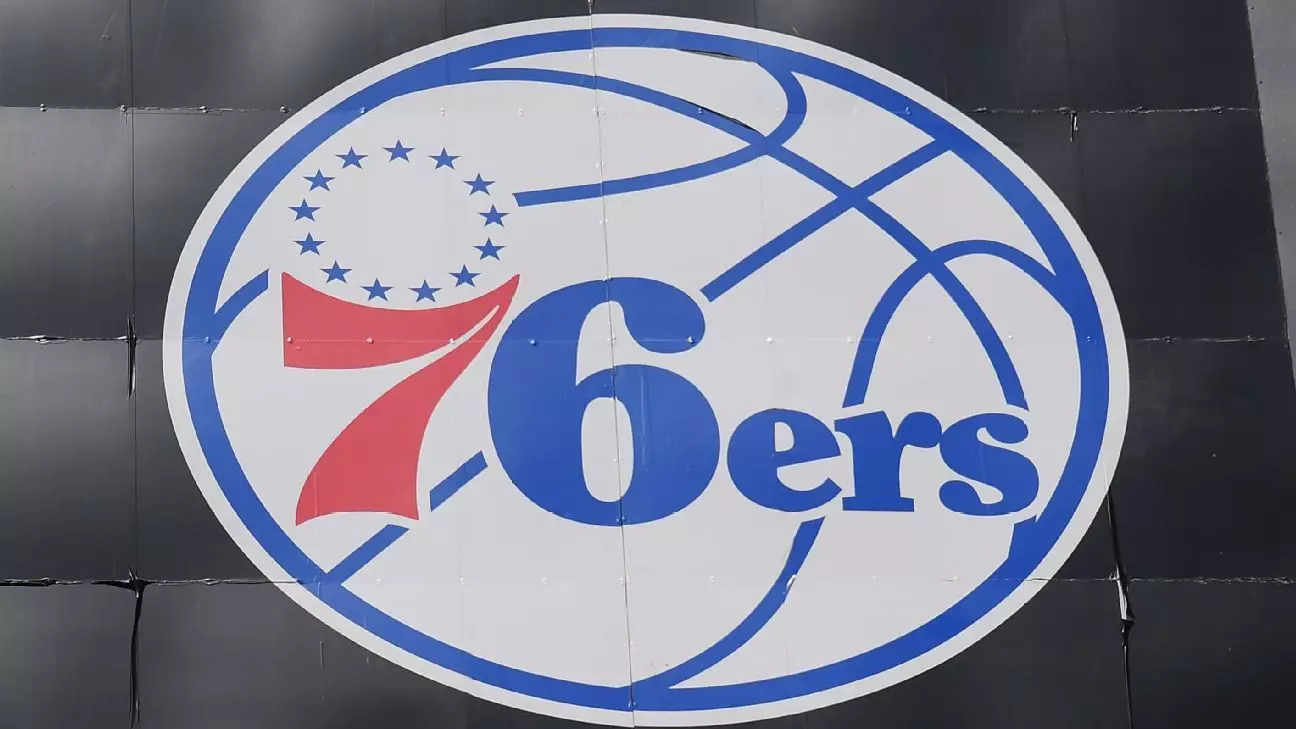In a turn of events that has surprised many, the Philadelphia 76ers have announced they will not proceed with their ambitious $1.3 billion downtown arena project. This decision comes shortly after the team secured initial backing from the city council, reflecting the often tumultuous relationship between sports franchises and urban development. Weeks after the approval, the announcement was met with equal parts relief and skepticism, underscoring the complexities involved in such high-stakes urban projects. According to reports from local media, the team has negotiated a new agreement with Comcast Spectacor, allowing it to continue playing in the existing Wells Fargo Center, situated in the city’s sports stadium district.
Stakeholder Reactions and Community Perspectives
The news sparked reactions from various stakeholders within the city. Local council members who opposed the downtown stadium, such as Jamie Gauthier and Rue Landau, have expressed satisfaction with the decision, characterizing the original planning process as lacking transparency and honoring the voice of the community. They argue that the way this decision unfolded signals a troubling disregard for civic discourse. Their sentiments reflect wider community concerns about the potential negative impact of relocating a major sports venue, which could exacerbate issues such as traffic congestion and gentrification, particularly affecting the neighboring Chinatown area.
Critics of the downtown proposal had long voiced worries surrounding its feasibility, citing potential disruptions to everyday life for residents. They viewed the planned arena, branded “76 Place,” as an imposition that could threaten local history and culture. A vocal outpouring of discontent from the Chinatown neighborhood—historically a site of contested land development—contributed significantly to the debate surrounding the project. As local activists had been flagging since the proposal was first introduced, the downtown move risked displacing both the community’s long-standing residents and their businesses, raising existential questions about urban identity.
The political ramifications of this sudden shift cannot be understated, particularly given that Mayor Cherelle Parker had previously endorsed the downtown initiative as a catalyst for economic regeneration. Supporters had envisioned the arena sparking a revival for the adjacent Market East corridor, an area struggling to recover from years of economic decline. They viewed the project as a foundational pillar for long-term revitalization, with hopes of revitalizing retail opportunities from City Hall to the Liberty Bell, yet this vision frequently clashed with the voices advocating for preservation of local neighborhoods.
The stark contrast between the professional sports sector’s aspirations and local community worries serves as a critical reminder of the essential balancing act required in urban development. Development plans of this magnitude often face scrutiny, as the intersection of economic benefit with social impact can be fraught with tension. The recent developments indicate a growing consciousness among city officials regarding the need for deeper engagement with residents and stakeholders before embarking on transformative urban projects.
This situation puts a spotlight on how major sports franchises can inadvertently alienate the very communities they aim to enrich. The abrupt pivot by the 76ers also serves as a cautionary tale; it illustrates the importance of fostering collaborative planning processes that prioritize local interests and address community concerns. From the perspective of supporters, the 76ers’ withdrawal from the downtown arena project raises pertinent questions: What approach will the franchise take moving forward to ensure community engagement is at the forefront?
Moving ahead, the relationship between the Philadelphia 76ers and city officials will undoubtedly need time to rebuild trust after this misshaped chapter. As they remain in the stadium district, the franchise now has a unique opportunity to reflect on this experience and forge a pathway where ambition for growth does not come at the expense of the communities they inhabit. In the realm of sports and community development, finding harmony will be the key to future successes. The 76ers’ decision represents a poignant reminder that balancing various needs is far more significant than any single development endeavor.

